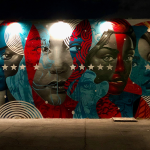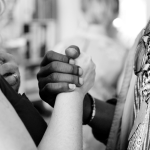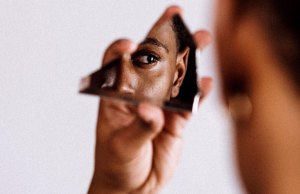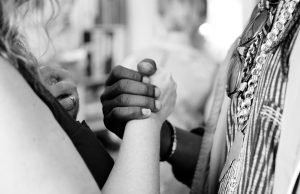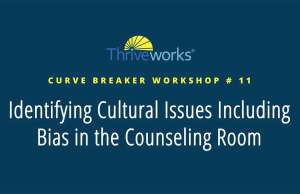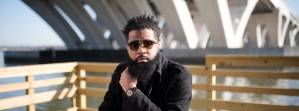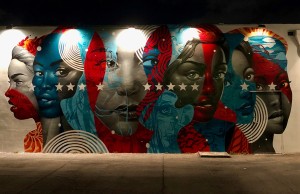What Exactly is Unconscious Prejudice?
Unconscious prejudice, also known as implicit bias, is an automatic, natural bias that is hidden from our cognizant thoughts. Because it resides outside of our awareness, this type of bias remains easy to deny.
In primitive days, our ancestors relied on implicit bias for survival. Early humans used categorical thinking to identify threats and recognize/categorize friends and foes.
Is this bias a proven problem? If so, what does it actually look like?
In recent years, there has been a surge in research related to unconscious prejudice. Research indicates that our brains process approximately 11 million bits of information in a 1-second timeframe; however, our conscious brain can process no more than 40 – 50 bits per second.
The vast majority of information being handled in the unaware portion of our brains is staggering, and cannot be ignored.
Consider the following examples:
A. In 2003, researchers from the University of Chicago and MIT sent fictitious resumes to employers nationwide. The single difference on the resumes was the name of the applicant, and names distinctly associated with minorities and with Caucasian populations were used.
The resumes with African American names received a 50 percent lower callback rate than those from applicants with “white sounding” names.
B. A study by DJ Kelly in 2005, using pictures of faces, showed that children as young as 12 weeks old exuded a significant affinity for their own race.
C. Research done at the University of Albany in 2012 indicated that whites greatly overestimate the proportionate share of crimes committed by African Americans.
D. Higher education faculty frequently tout themselves as being progressive and generally unbiased. When researchers from University of Pennsylvania, Columbia University, and NYU collaborated on a research project that delved into hidden bias within the global community of college professors, the results were shocking.
Faculty response to fictional prospective students with stereotypical names indicated the instructors overwhelmingly favored male prospects with traditional “white” names.
Why Does it Matter?
Implicit biases have been shown to greatly affect issues such as employment, education, criminal justice, and health care.
Increased effective communication, greater personal and professional productivity, and heightened levels of empathy are proven benefits related to therapeutic interventions used to reduce the effects of implicit bias.
As noted by the Kirwan Institute in 2014:
“These biases are activated on an unconscious level; it’s not a matter of individuals knowingly acting in discriminatory ways. Implicit bias research tells us that you don’t have to experience negative intent in order to have discriminatory outcomes.”
What Can We Do to Combat Unconscious Prejudice?
Because implicit bias is so elusive, the help of a trained mental health professional, with experience in the fields of diversity, inclusion and conflict resolution is key.
My team of caring mental health professionals at Thriveworks Peachtree City is well-versed in this area of expertise.
We work with both individuals, families and groups (including corporations) to assist in specifically identifying these issues, creating a plan to address their findings, and following through with successful implementation.
All of this is accomplished in a nonjudgmental environment that allows honest discourse and true change.
Where do you see implicit bias in your own life? Let’s talk about it in the comments section below
